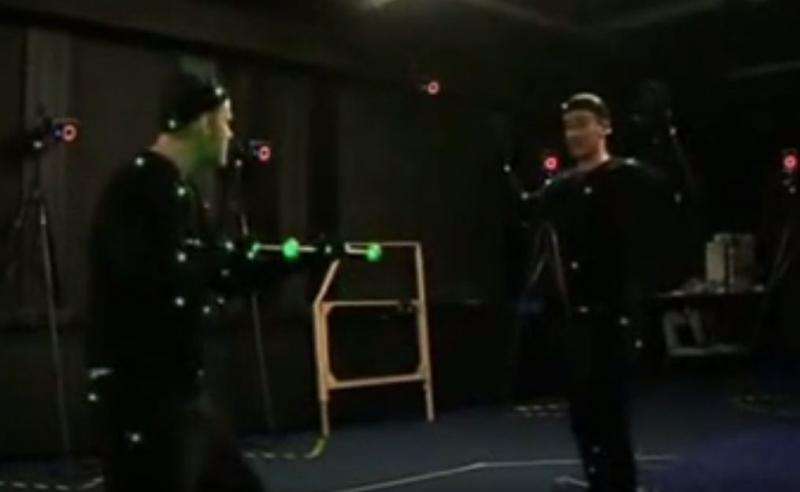What happens when you combine two learning tracks, of biomechanics with computer science? One result is a learning opportunity for veterinary students. They can make use of motion capture technology to learn, for example, how a horse moves. The technique is useful in veterinary science as a teaching aid, which is how the work originated.
Why would it be useful in veterinary science? "Through collection and measurement of data, rather than observation and experience, more accurate diagnoses of animal injuries such as horse lameness can be made," said a recent motion capture report from the BBC. The system has other applications, such as engineering.
Two entertainment-related worlds making use of the biomechanics-computer science union, meanwhile, are gaming and films—namely, the detail is sharp and is drawing the attention of computer game designers and post-production companies.
What is motion capture? Animators can use it to produce cinematic 'cut scenes' for video games, said a University of Bradford intro to the technology, and it is becoming more widely used in advertising and television.
The University of Bradford is presenting its work in this area at the British Science Festival, taking place this month in Bradford.
Yasmin Ali, in a BBC News report, discussed the process: "Motion capture works by placing cameras with infrared LEDs around an area containing an object, person or animal wearing reflective markers. The light hits the reflective markers and thus the marker's position is reflected back and recorded."
The group at Bradford, said Ali, attached markers to a horse and captured a range of motion. The "biomechanical understanding" can be embedded into animation software—cutting the time it takes to build an animation and, as important, delivering realistic results.
Animators who must deal with animals run risks—if they do a substandard job in their animal movements, then the audience is distracted. Conscious or not so consciously, the viewer experiences a fleeting moment that takes away from the film-maker's desired focus on whatever else is happening on the screen.
Karl Abson, lecturer at the University of Bradford, is working with British, American and Russian film studios, and the gaming company Electronic Arts. But wait. We're talking about the entertainment sector. What if the animal is an imaginary creature? A flying panda? A bunny-faced toad? A tree-dwelling fish? What good is motion capture then? Can't you just make anything up? A frame of reference is still at play, and motion capture can still be used to make something good far better.
Case in point: "An unsung chicken hero had a central part to play in bringing dragons to life in the TV series Game of Thrones," reported Dick Ahlstrom, Science Editor, The Irish Times, on Monday. Special-effects people bought a supermarket chicken. They dissected it to understand how a bird-like creature might fly.
"The accuracy of movement based on real animals is what is of most value to the film and game production companies," said Ahlstrom. He said the Game of Thrones's post-production crew turned to a formal dissection of the chicken, acting as "a kind of stunt double." Cinema Blend said, "As there are no dragons in today's world, they needed a creature who could give the team an idea of how muscle structure might work in the fantasy creature." Pixomondo, a company that deals with visual effects, studied the bird's anatomy for figuring out how to animate the dragons.
The University of Bradford School of Media, Design and Technology described its motion capture system setup: This is a motion capture studio with 16 Vicon T20 cameras.
"The T20 is the fastest Vicon camera available and is capable of capturing a staggering 500 frames per second at full frame resolution (2 Megapixels). You can accurately capture high speed movements such as sports or get critical frames for games and the system is capable of capturing both full body and detailed facial movement."
© 2015 Tech Xplore























